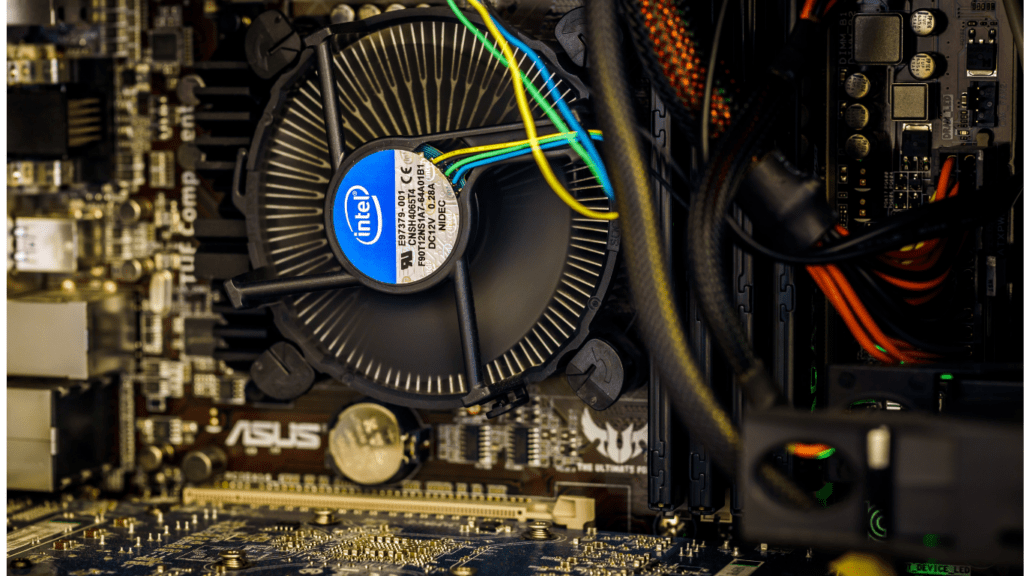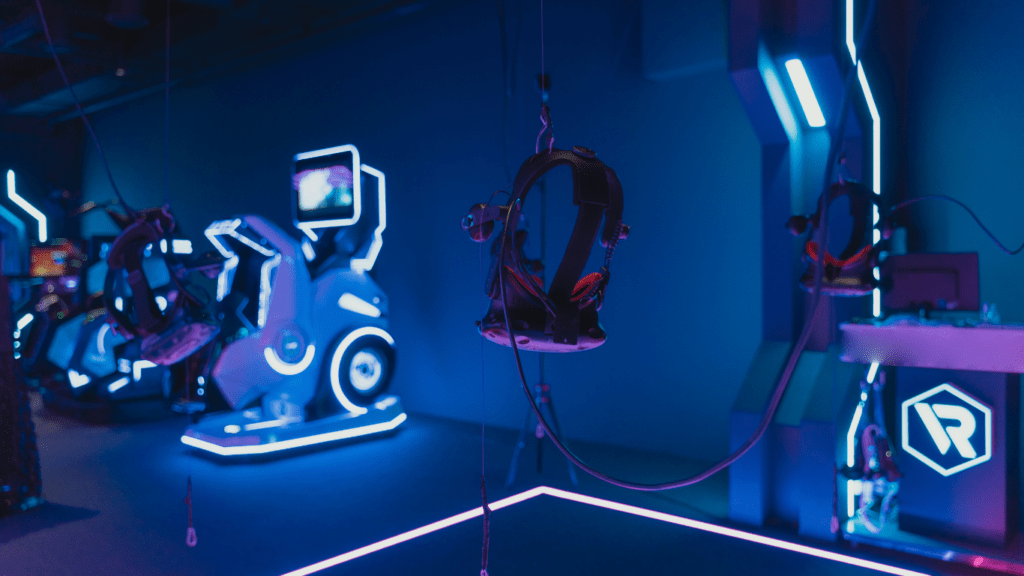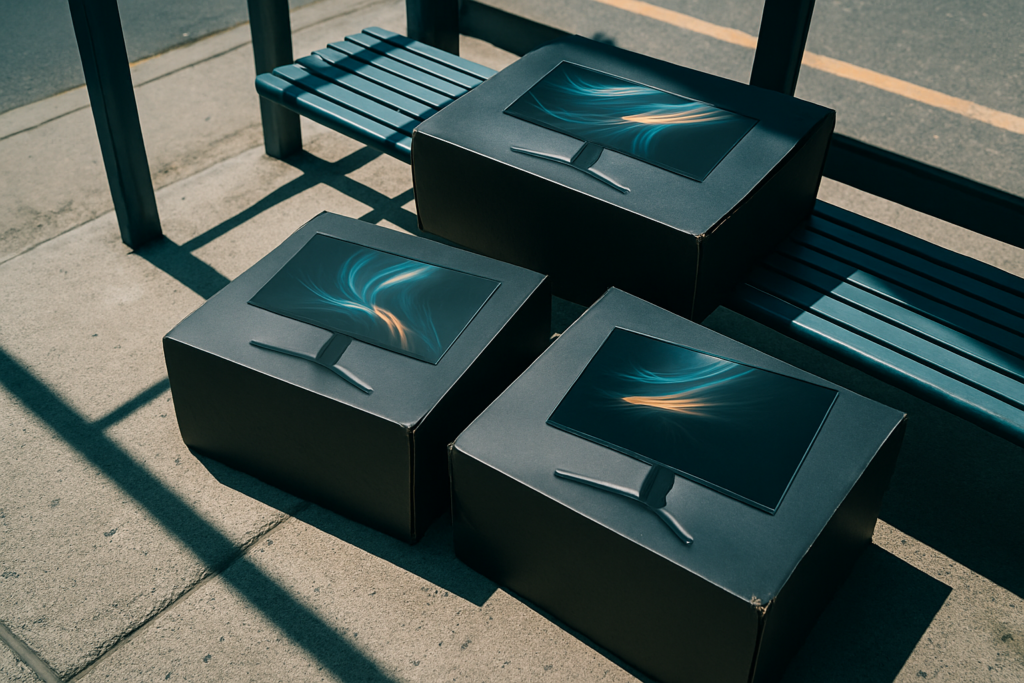The Rise of 4K Gaming
From Standard Definition to 4K Resolution
Standard Definition (SD) gaming offered resolutions up to 480p, with noticeable pixelation in characters and environments.
High Definition (HD) brought a significant leap, delivering 720p and 1080p resolutions, which provided clearer images and finer details.
With the advent of 4K technology, resolutions surged to 3840×2160 pixels, which delivered unprecedented clarity and detail in games.
This leap quadrupled the pixel count from HD, making images far sharper and more realistic.
Key Milestones in Resolution Evolution:
- SD (Standard Definition): Up to 480p
- HD (High Definition): 720p and 1080p
- 4K (Ultra High Definition): 3840×2160 pixels
The Impact of 4K on Gaming Experience
The impact of 4K on gaming has transformed visual experiences, elevating the level of detail and immersion in a way that was previously unimaginable.
With 4K, textures in games became more detailed, allowing players to see finer nuances in environments, characters, and objects.
This level of detail enhanced not just the aesthetic appeal but also gameplay mechanics, as minute visual cues became more discernible.
Higher resolution also means broader field of view (FOV) in games, giving players a more comprehensive visual experience.
Coupled with advancements in high-dynamic-range (HDR) technology, 4K gaming offers richer colors and greater brightness, further deepening immersion.
- Textures: Enhanced with finer details (e.g., skin textures, foliage details)
- Gameplay: Improved due to clearer visual cues (e.g., spotting enemies, detecting environmental changes)
- Field of View: Expanded perspectives for better situational awareness
- Colors: More vivid with HDR, offering better contrast and true-to-life visuals
Technological Advancements Behind 4K Graphics
Development of GPUs for 4K Gaming
Advanced GPUs are pivotal to achieving 4K resolution in gaming. Graphics Processing Units (GPUs) like NVIDIA’s GeForce RTX series and AMD’s Radeon RX series have significantly advanced in power and efficiency.
These GPUs offer high compute power, enabling real-time rendering of complex scenes. For example, the RTX 3080 features 8704 CUDA cores and 10GB of GDDR6X memory.
Enhanced ray tracing capabilities simulate how light interacts with virtual objects, creating lifelike shadows and reflections.
Variable Rate Shading (VRS) optimizes GPU workload by adjusting the level of detail based on the player’s focus area, improving performance.
Innovations in Display Technology
Modern display technology complements GPU advancements to fully realize 4K graphics.
Displays with 4K resolution (3840×2160 pixels) provide four times the detail of Full HD, offering stunning visuals. OLED and QLED screens deliver deeper blacks and vibrant colors by controlling individual pixels.
High refresh rates, such as 120Hz and 144Hz, ensure smooth motion, essential for fast-paced gaming.
HDMI 2.1 support enables higher bandwidth, crucial for delivering 4K at high refresh rates.
Adaptive Sync technologies, like NVIDIA’s G-SYNC and AMD’s FreeSync, minimize screen tearing and stuttering, matching the display’s refresh rate with the GPU’s frame rate.
Beyond 4K: What’s Next in Gaming Graphics?

Exploring 8K and Its Feasibility for Gamers
8K resolution, offering 7680×4320 pixels, promises to redefine gaming visuals with unprecedented clarity and detail.
TV manufacturers like Samsung and LG have released 8K displays, pushing the boundary further than 4K.
However, achieving native 8K gaming requires considerably more powerful hardware.
Presently, only the latest GPUs, such as NVIDIA’s RTX 3090 and AMD’s RX 6900 XT, can manage 8K gaming, and even then, typically in less demanding titles.
Scalability remains a challenge due to the immense computational power required for rendering real-time 8K environments.
Network bandwidth also plays a role. Streaming 8K content necessitates robust internet connections, often beyond what current infrastructures can sustain.
ISPs aim to bridge this gap with advancements in fiber optics and 5G technologies.
While 8K gaming garners interest, wider adoption depends on overcoming these obstacles.
The Role of AI in Enhancing Graphics Technology
AI’s integration into graphics technology marks another leap forward.
Companies like NVIDIA have pioneered AI-driven features such as Deep Learning Super Sampling (DLSS).
DLSS employs neural networks to upscale lower resolution images to higher resolutions, enhancing performance without compromising quality.
This technology becomes vital in the context of 8K, where native rendering often poses practical constraints.
Moreover, AI enhances real-time ray tracing, adding realistic lighting, shadows, and reflections to gaming worlds.
Machine learning algorithms predict light paths and manage rendering workloads efficiently, thereby augmenting visual realism while maintaining fluid frame rates.
Upcoming consoles and GPUs incorporate AI-enhanced graphics processing, setting a new benchmark for immersive gaming experiences.
The Challenges of Upgrading to Higher Resolutions
Hardware Requirements and Cost
Upgrading to higher resolutions demands substantial hardware investments.
Hi-res gaming necessitates powerful GPUs like NVIDIA’s RTX 3090 and AMD’s RX 6900 XT, coupled with advanced CPUs.
Modern games at 4K or 8K resolution require top-tier components to run smoothly; otherwise, gamers experience lag and frame drops.
Users also need high-refresh-rate monitors to fully leverage these resolutions.
Premium setups that support 4K or higher often cost upwards of $1,500, including GPUs, monitors, and additional cooling systems.
Access to affordable options remains limited due to significant manufacturing costs involved in producing high-end components.
Game Development and Compatibility Issues
Game developers face challenges ensuring compatibility across various hardware configurations for higher resolutions.
Not all game engines optimize easily for 4K or 8K visuals, leading to inconsistencies in performance across different devices. Developers must allocate additional resources to enhance texture quality, increase polygon counts, and implement advanced lighting effects.
Certain games may not scale properly, resulting in distorted or blurred images.
Compatibility patches and updates become essential but labor-intensive, requiring ongoing support and optimization. Bridging the gap between legacy systems and cutting-edge hardware adds complexity to the development process, affecting release timelines and overall game quality.


 Charlie Bracegirdle seamlessly combines his passion for gaming with his role at Infinity Game Saga, where he is both a dedicated gamer and a prominent content creator. As an integral member of the team, Charlie brings a wealth of experience and a deep understanding of the gaming industry to his work. His articles and content cover a broad spectrum of gaming topics, from detailed reviews and insightful industry analyses to the latest trends and upcoming releases.
Charlie’s unique perspective, shaped by his own extensive gaming experiences, allows him to engage with readers in a meaningful way. His writing not only informs but also entertains, providing a blend of professional insight and personal enthusiasm. Whether he's exploring new game mechanics, dissecting game strategies, or sharing his thoughts on the future of gaming, Charlie's contributions make a significant impact on the Infinity Game Saga community. Through his work, he bridges the gap between gamers and the evolving landscape of the gaming world, enhancing the experience for all who follow his updates and analyses.
Charlie Bracegirdle seamlessly combines his passion for gaming with his role at Infinity Game Saga, where he is both a dedicated gamer and a prominent content creator. As an integral member of the team, Charlie brings a wealth of experience and a deep understanding of the gaming industry to his work. His articles and content cover a broad spectrum of gaming topics, from detailed reviews and insightful industry analyses to the latest trends and upcoming releases.
Charlie’s unique perspective, shaped by his own extensive gaming experiences, allows him to engage with readers in a meaningful way. His writing not only informs but also entertains, providing a blend of professional insight and personal enthusiasm. Whether he's exploring new game mechanics, dissecting game strategies, or sharing his thoughts on the future of gaming, Charlie's contributions make a significant impact on the Infinity Game Saga community. Through his work, he bridges the gap between gamers and the evolving landscape of the gaming world, enhancing the experience for all who follow his updates and analyses.
